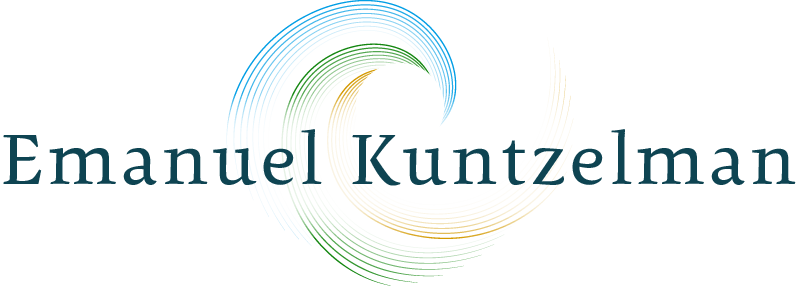
Drawing Versus Pushing People Toward the Edge in Transformation
As leaders in the transformative movement, we often experience the challenges of drawing versus pushing people outside of their comfort zone toward positive change. How do we act as examples while motivating others to broaden their perspective? Here are a few points to consider while we navigate these important interactions in our everyday lives.
One of the most important factors is to act as an example in personal growth. If we aren’t constantly pushing ourselves outside of our comfort zone to transform, we can hardly inspire others to do the same.
Developing our personal emotional intelligence is an ongoing process that is critical to be an effective leader. We first have to be aware of our feelings and where they show up in our body and how they affect our decisions. If we aren’t conscious of our emotions, we risk making decisions based on protecting our ego, rather than the greater good.
Challenges and disagreements will arise, but being present to our emotional condition helps us to deliver our points of view with compassion rather instead of aggression. Not an easy practice, but an important one if we are to bridge so many groups with conflicting ideas.
As leaders it is also important to express gratitude. There is no substitute for social graciousness and honoring another’s presence and process. This acknowledgment opens the door to dialogue.
Another critical component is recognizing our own mistakes. I found a timely quote from Hubert Humphrey saying; “To err is human, to blame it on somebody else is politics.”
If the political climate is any indicator, pointing fingers is not an effective method for leading the way toward progress. We all make mistakes. The more leadership roles we are placed in, the more opportunities we have to make mistakes, and I have vast experiences in this. The key point is that when we do make a mistake we need to recognize it and be willing to admit it. If we have made a bad decision and other people are involved it’s best to face up to it and move on.
Because each leadership role is unique, it’s important to develop an intuitive sense of each situation. In evolution there has to be a certain level of tension. This is the whole source of development, and likewise with human interaction, none of us can evolve without a degree of friction.
If we can keep in mind compassion, gratitude and a sense of humility we can begin to help draw others outside of their comfort zone and toward an understanding for peace and harmony for the greater good.

